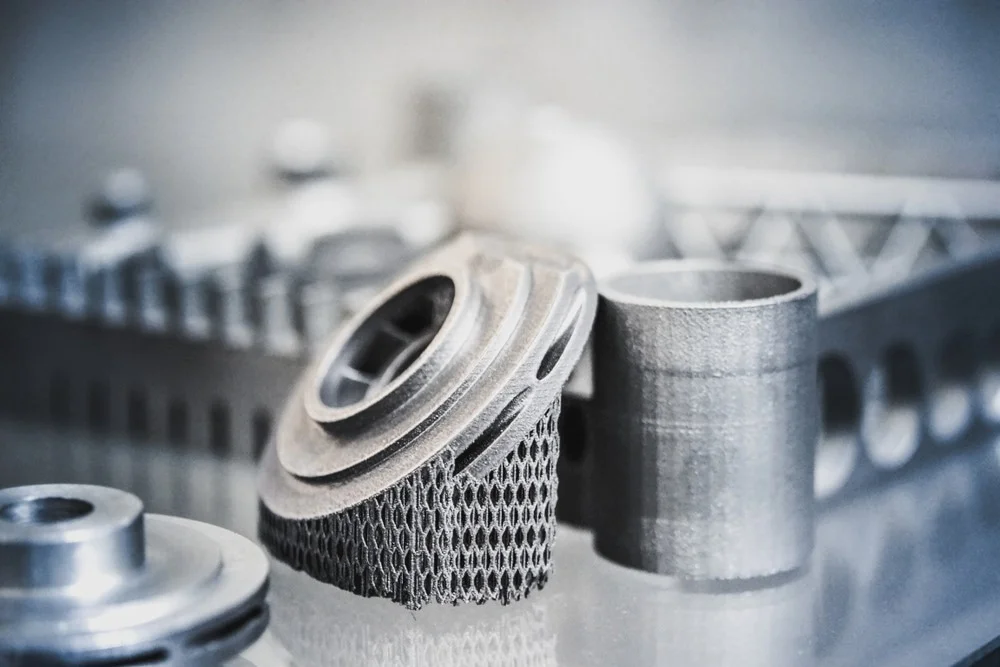ASTM E606 Strain-Controlled Fatigue Testing at Elevated Temperatures
The ASTM E606 standard specifies a method for conducting strain-controlled fatigue testing of materials under elevated temperatures. This type of testing is crucial in industries where components are subjected to high-stress environments, such as aerospace, automotive, and power generation sectors. Understanding the behavior of materials at these conditions helps ensure product reliability and safety.
The ASTM E606 procedure allows for the determination of fatigue properties under controlled strain rates, which is particularly important when dealing with creep-sensitive alloys or other materials that exhibit significant changes in mechanical behavior as temperature increases. The test involves applying a cyclic strain to a specimen while maintaining a constant strain amplitude and frequency.
The process begins with precise selection and preparation of the specimen. Typically, specimens are made from high-strength alloys like Inconel, Hastelloy, or other materials known for their resistance at elevated temperatures. Preparing these samples involves ensuring they have a smooth surface finish to avoid introducing additional stress concentrations that could affect test results.
During testing, the specimen is subjected to cyclic loading in an oven-controlled environment, where temperature and strain are carefully monitored. The apparatus used must be capable of withstanding high temperatures without affecting measurement accuracy. Modern systems often incorporate advanced heating elements and sensors to maintain precise control over both temperature and strain.
One key aspect of ASTM E606 testing is the ability to accurately measure fatigue life under these conditions. This involves not only determining how many cycles a specimen can withstand before failure but also quantifying the stress intensity factor (SIF) and other relevant parameters that influence fatigue behavior. Reporting these results provides valuable insights into material performance, enabling informed decisions about design modifications or selection of alternative materials.
Understanding the specific requirements outlined in ASTM E606 is essential for accurate testing. Compliance with this standard ensures consistency across different laboratories and facilitates comparability of data between various studies. By adhering to these procedures, researchers and engineers can gain confidence that their findings are valid and reliable.
Applied Standards
| ASTM Standard | Description |
|---|---|
| ASTM E606 | Method for Strain-Controlled Fatigue Testing of Materials at Elevated Temperatures. |
Scope and Methodology
The ASTM E606 standard covers the procedure for conducting strain-controlled fatigue testing on materials exposed to elevated temperatures. This includes specifying the necessary equipment, specimen preparation, environmental conditions, and data analysis techniques.
- Equipment: The test requires specialized machinery capable of applying controlled strains while maintaining temperature stability.
- Specimen Preparation: Specimens must be cut from appropriate materials according to ASTM E606 specifications to ensure consistent results.
- Environmental Conditions: Testing occurs in an oven-controlled environment where both temperature and strain are precisely regulated.
- Data Analysis: Results should include details on the number of cycles to failure, stress intensity factor, and any other relevant parameters affecting fatigue behavior.
Why Choose This Test
- Predicts long-term performance in high-temperature applications.
- Aids in selecting materials suitable for extreme environments.
- Ensures compliance with industry standards and regulations.
- Provides critical data for product development and quality assurance.
- Supports continuous improvement of manufacturing processes.
- Facilitates better understanding of material behavior under stress at elevated temperatures.





